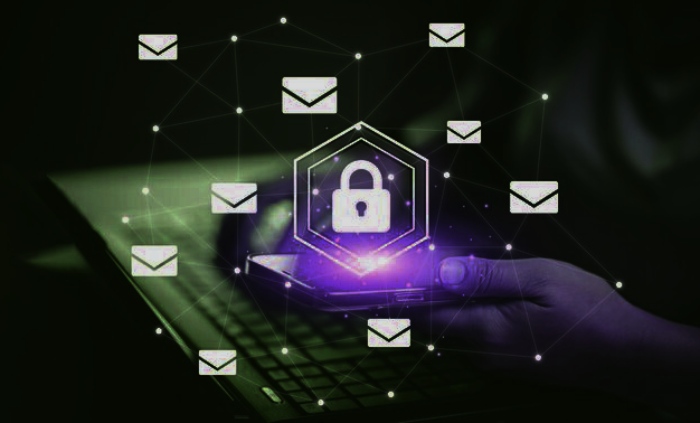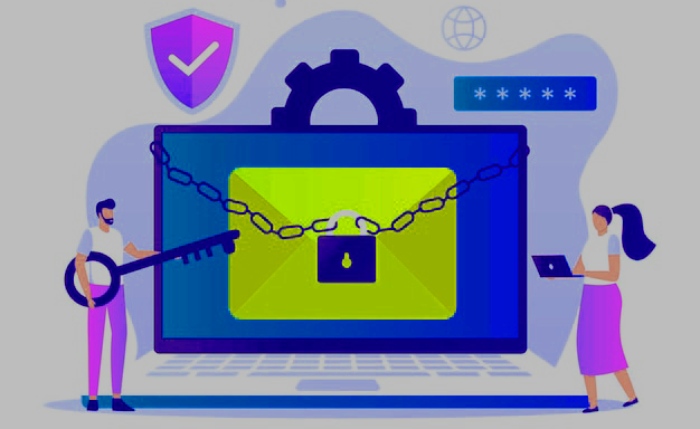In today's digital age, email has become an essential form of communication in both personal and professional settings. However, with the increasing frequency of cyberattacks and data breaches, it is important to ensure that our email accounts are secure. One important aspect of email security is DMARC, or Domain-based Message Authentication, Reporting, and Conformance. This email authentication protocol is designed to prevent phishing and spoofing attacks by verifying the authenticity of emails sent from a specific domain. With the rise of email scams and fraudulent activities, it is crucial for individuals and businesses to understand the basics of DMARC and how it can protect their email accounts.
In this article, we will dive into the fundamentals of DMARC, its benefits, and how to implement it for a more secure email experience. Whether you are a business owner, an IT professional, or simply someone who wants to safeguard your personal emails, this guide to DMARC will provide you with the necessary knowledge to enhance your email security and protect yourself from potential threats. Visit www.dmarcreport.com to explore more about DMARC.
What is DMARC?
DMARC, an acronym for Domain-based Message Authentication, Reporting, and Conformance, is a protocol designed to aid organizations in thwarting email spoofing and phishing attempts. By enabling email senders to verify their messages and outline the desired actions for unauthenticated messages on the recipient's server, DMARC guarantees the authenticity of emails originating from your domain and safeguards against fraudulent activities.
The Importance of Email Security
Email serves as a vital means of communication and exchanging sensitive data. It is imperative for individuals and organizations alike to prioritize the security and legitimacy of email correspondence. Neglecting to implement adequate email security measures leaves room for malicious individuals to deceive others by assuming the identity of your domain and sending deceitful emails. This can result in severe consequences such as compromised data, financial harm, and reputational damage.

How DMARC Works
DMARC merges SPF (Sender Policy Framework) and DKIM (DomainKeys Identified Mail), two pre-existing email authentication technologies. The process involves three crucial steps:
1. Authentication
SPF validates the IP address of the sending server by cross-checking it with the approved servers for a specific domain. DKIM guarantees that the content of an email remains intact and unaltered while in transit.
2. Alignment
DMARC verifies that the domain in the From header aligns with either SPF or DKIM.
3. Policy Enforcement
DMARC provides guidance to the recipient server regarding the appropriate course of action for emails that do not pass authentication. Users have the ability to establish policies for monitoring, quarantining, or outright rejecting unauthenticated messages.
Benefits of DMARC
Implementing DMARC offers several advantages:
- Enhanced Security: The implementation of DMARC significantly mitigates the potential for email spoofing and phishing attacks.
- Brand Protection: Verifying that only authentic emails carry your domain name, safeguards the reputation of your brand.
- Improved Email Deliverability: DMARC plays a crucial role in preserving your sender reputation, ultimately enhancing the deliverability of your emails.
- Detailed Reporting: DMARC offers valuable insights into the flow of your email communication and helps identify potential security risks.

Implementing DMARC
- DNS Record: Establish a DMARC DNS record for your domain to clearly outline your policies and designate an email address for reporting purposes.
- Gradual Deployment: At the start, enable DMARC in monitor mode to gather information on email activity.
- Policy Adjustment: Analyze DMARC reports and progressively implement a more rigorous enforcement policy.
DMARC Policies
DMARC allows you to define three policies for unauthenticated emails:
- None (p=none): Observe unverified emails without implementing any disciplinary measures.
- Quarantine (p=quarantine): Place unverified emails into the recipient's spam directory.
- Reject (p=reject): Completely disregard any emails that are not properly authenticated.
DMARC Reporting
DMARC produces informative reports that offer valuable insights into your email traffic. These reports are instrumental in helping you identify the senders of emails on your behalf and determine if they comply with your authentication policies. It is imperative to review these reports to optimize your DMARC configuration consistently.
In conclusion, implementing DMARC is a crucial step in securing your organization's email communication. By using this email authentication protocol, you can protect your brand from phishing attacks, prevent email spoofing, and ensure your messages are delivered securely. As email continues to be a primary form of communication, it is important for businesses to prioritize email security and stay up-to-date with the latest protocols such as DMARC. With DMARC in place, you can have peace of mind knowing that your organization's emails are safe and trusted by your recipients.